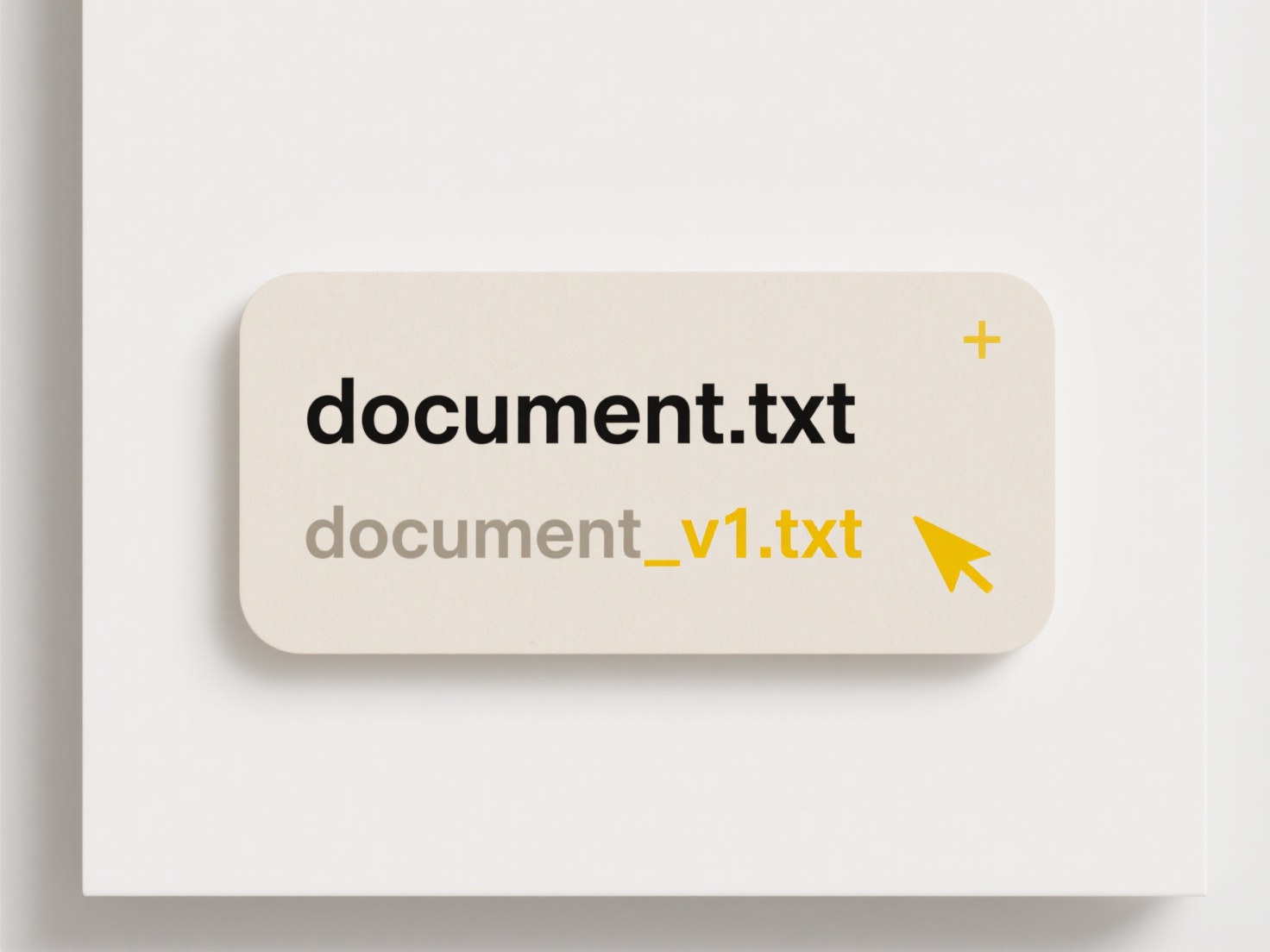
If your Excel file won't open, it indicates the file or the application itself is encountering a problem preventing successful loading. This typically arises from file corruption (damage to the data structure), conflicts with add-ins or other software, insufficient system resources, mismatches between the file format and Excel version, or file location issues like permissions or network errors. The problem distinguishes itself from general Excel errors as it occurs before you can view or interact with the spreadsheet contents.
Common examples include attempting to open a file saved on a network drive that experienced a temporary disruption, potentially corrupting it, or trying to open a .xlsx file created in a newer Excel version (like Excel 2024) using a significantly older version (like Excel 2010) which lacks support for certain features. Tools like Excel's built-in "Open and Repair" feature or Microsoft's "Open XML File Format Converter" are often employed in such situations across various industries relying on data analysis and reporting, such as finance or research.

The main advantage is that Excel includes basic recovery options. However, severe corruption can make files permanently unreadable, leading to data loss, which is a significant limitation. This highlights the crucial ethical obligation for users and organizations to maintain robust, regular backups. Future developments involve cloud platforms like Microsoft 365 improving auto-recovery and version history, potentially reducing the impact of corrupted local files and enhancing resilience through centralized storage.
What do I do if my Excel file won’t open?
If your Excel file won't open, it indicates the file or the application itself is encountering a problem preventing successful loading. This typically arises from file corruption (damage to the data structure), conflicts with add-ins or other software, insufficient system resources, mismatches between the file format and Excel version, or file location issues like permissions or network errors. The problem distinguishes itself from general Excel errors as it occurs before you can view or interact with the spreadsheet contents.
Common examples include attempting to open a file saved on a network drive that experienced a temporary disruption, potentially corrupting it, or trying to open a .xlsx file created in a newer Excel version (like Excel 2024) using a significantly older version (like Excel 2010) which lacks support for certain features. Tools like Excel's built-in "Open and Repair" feature or Microsoft's "Open XML File Format Converter" are often employed in such situations across various industries relying on data analysis and reporting, such as finance or research.

The main advantage is that Excel includes basic recovery options. However, severe corruption can make files permanently unreadable, leading to data loss, which is a significant limitation. This highlights the crucial ethical obligation for users and organizations to maintain robust, regular backups. Future developments involve cloud platforms like Microsoft 365 improving auto-recovery and version history, potentially reducing the impact of corrupted local files and enhancing resilience through centralized storage.
Quick Article Links
Can I export a 3D model to .obj or .fbx format?
A 3D model export means converting and saving your model from its native software format into a different, standardized ...
Why is the exported filename different from the original?
Exporting a file involves saving a copy of the original in a new location or format. The filename often changes automati...
What are the risks of using cloud storage?
Cloud storage involves saving data on remote servers accessed via the internet. Its main risks stem from relying on a th...